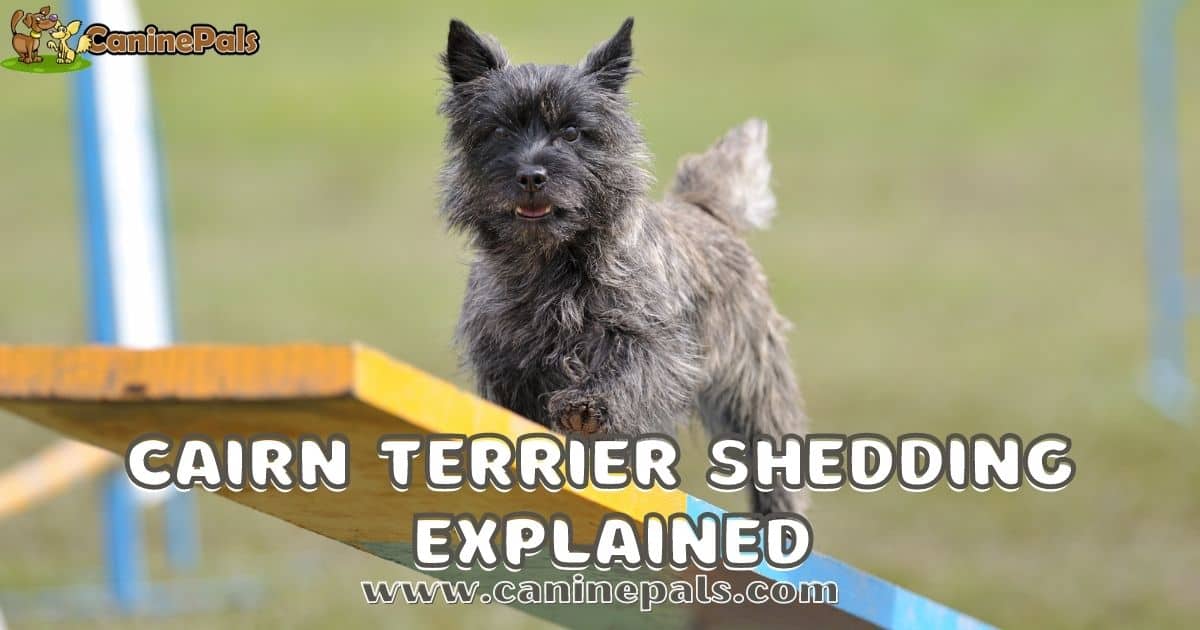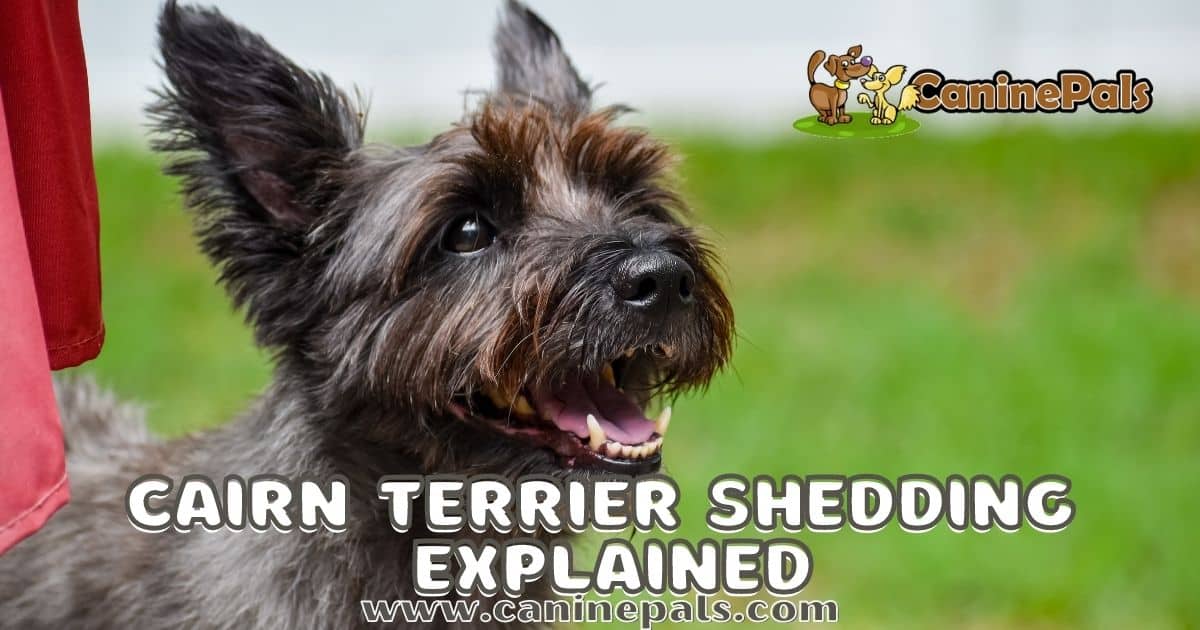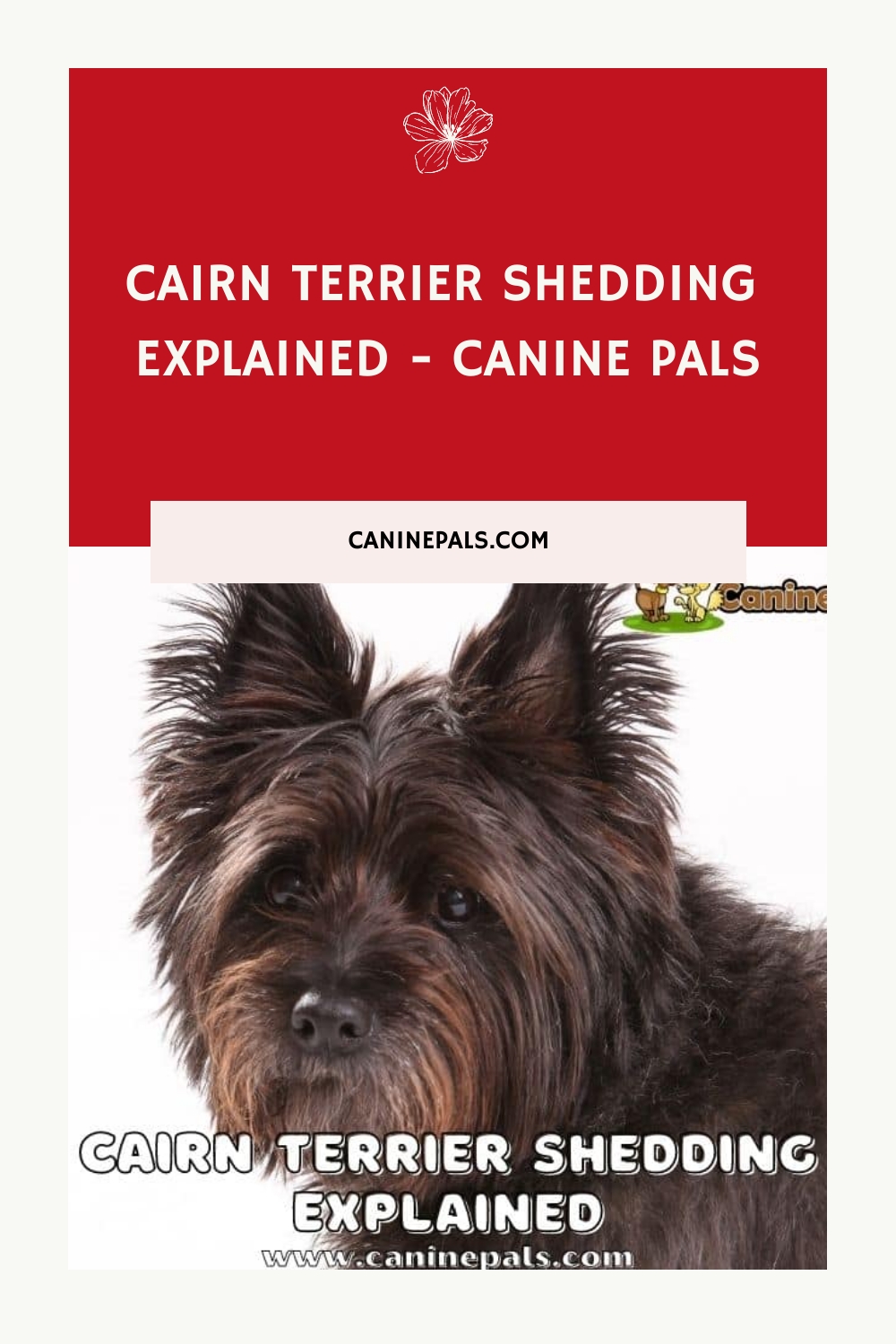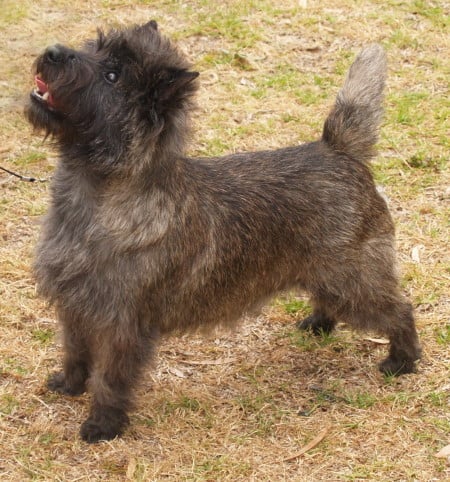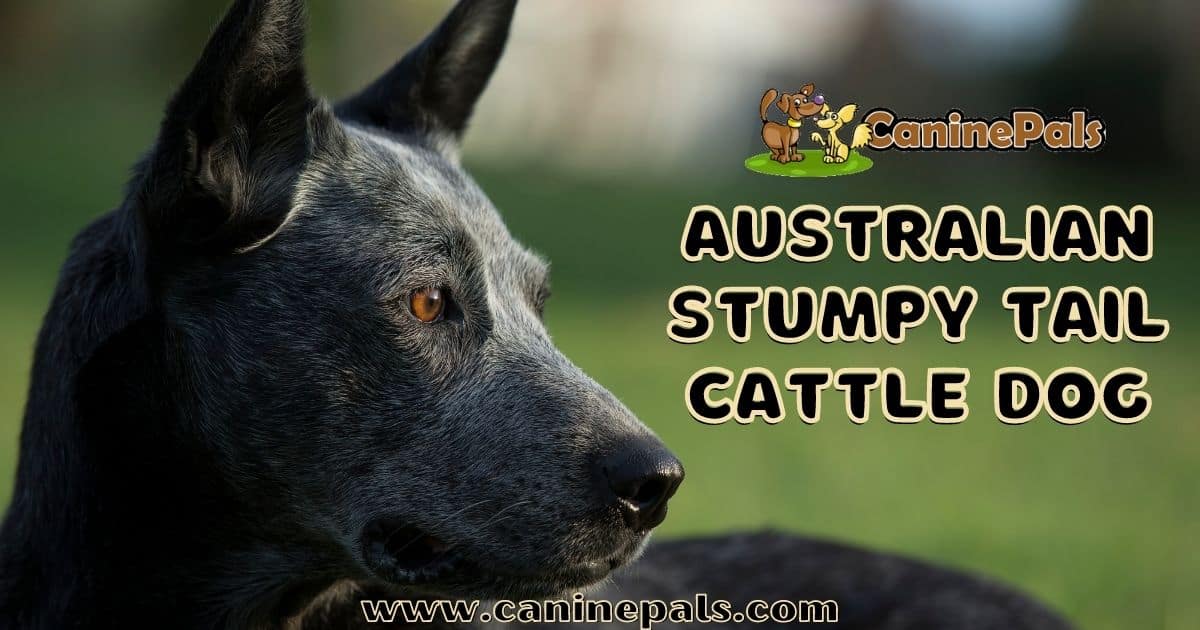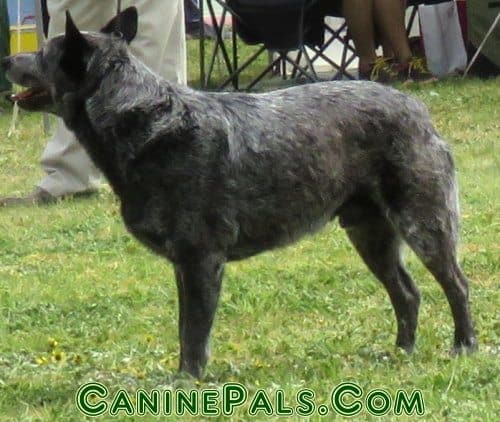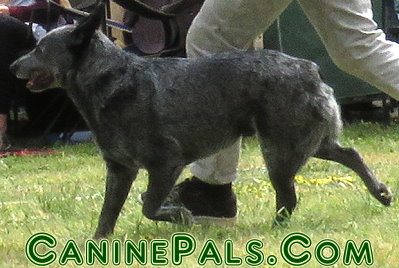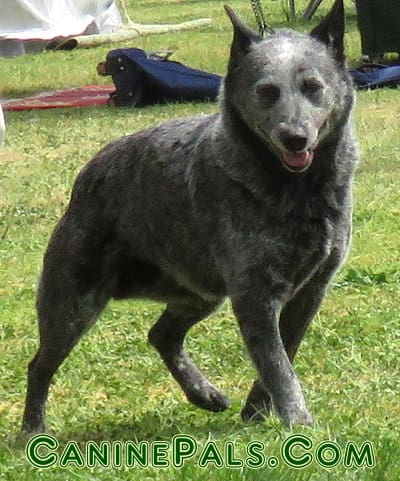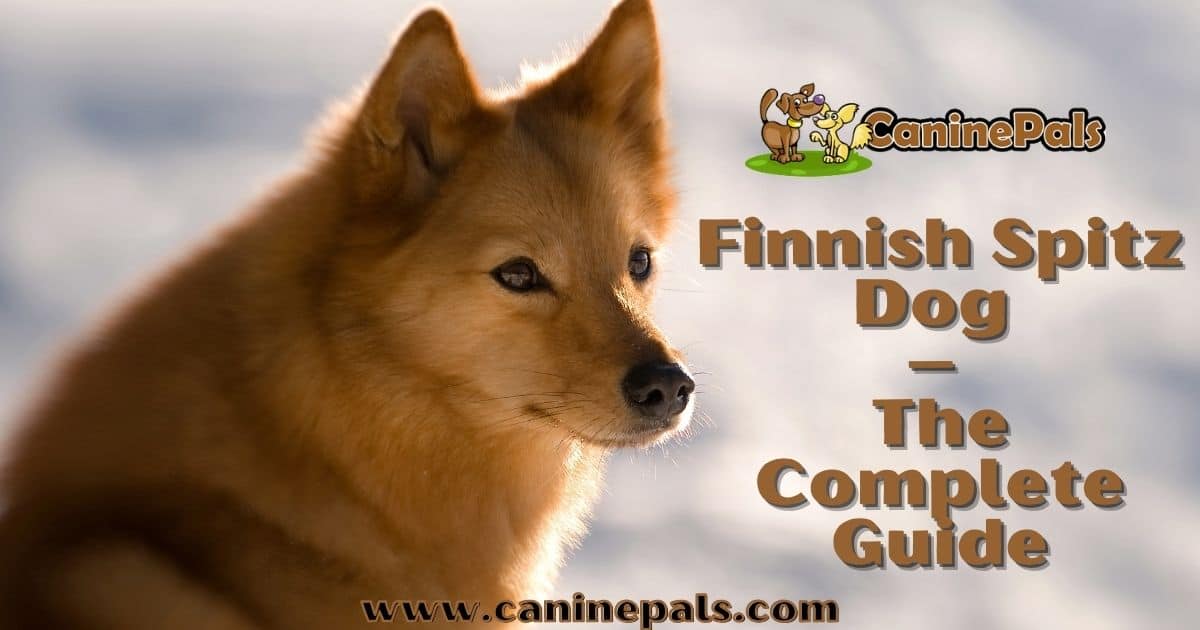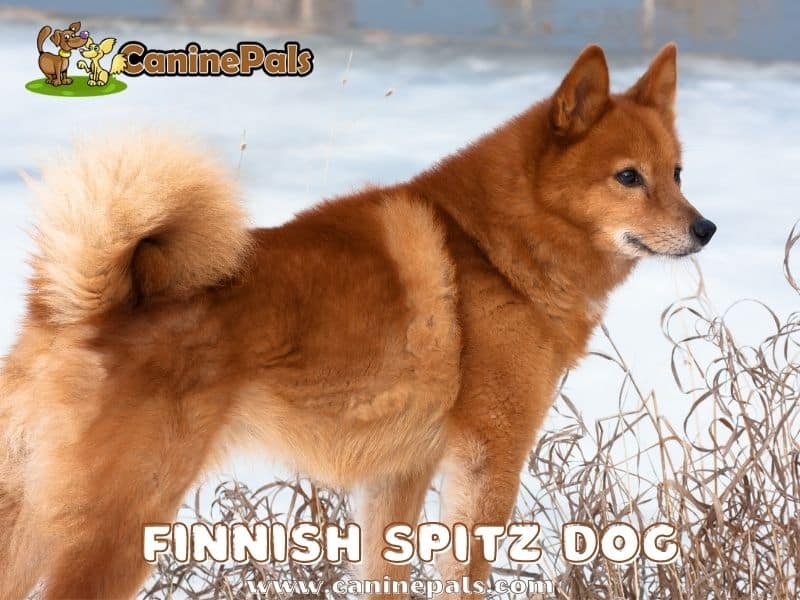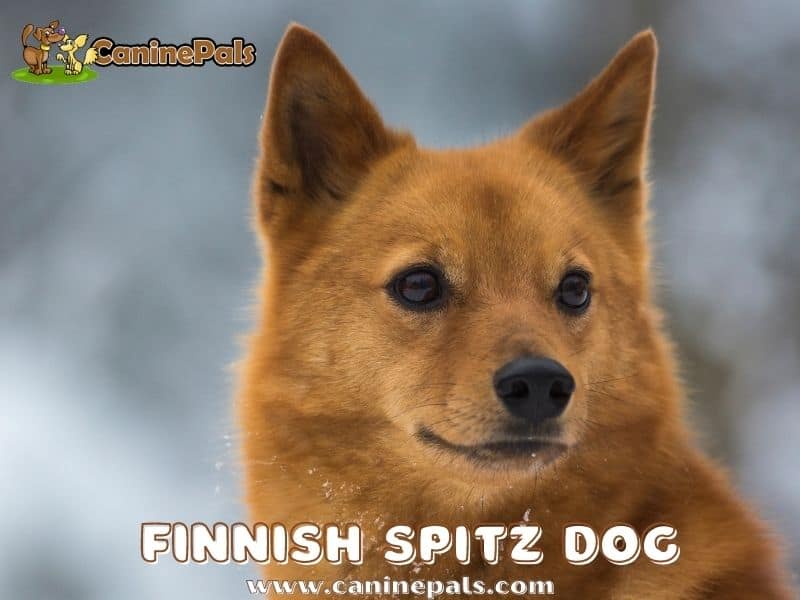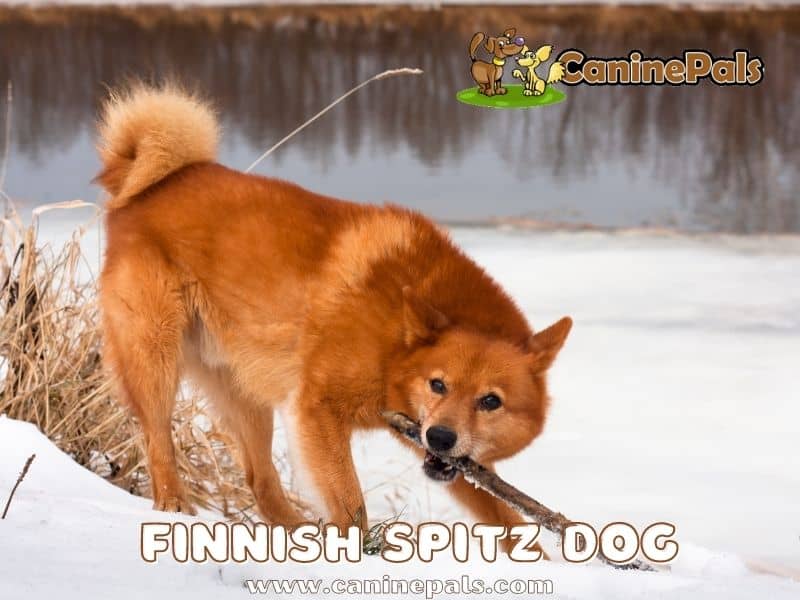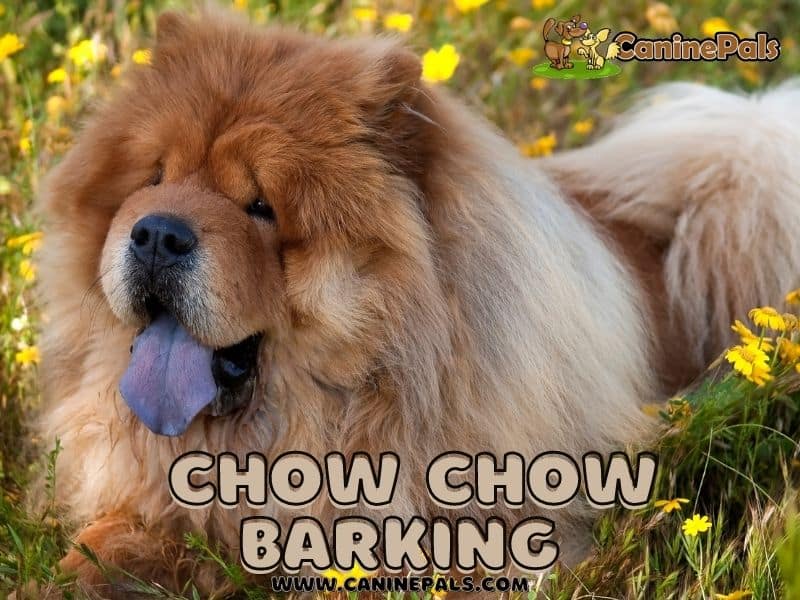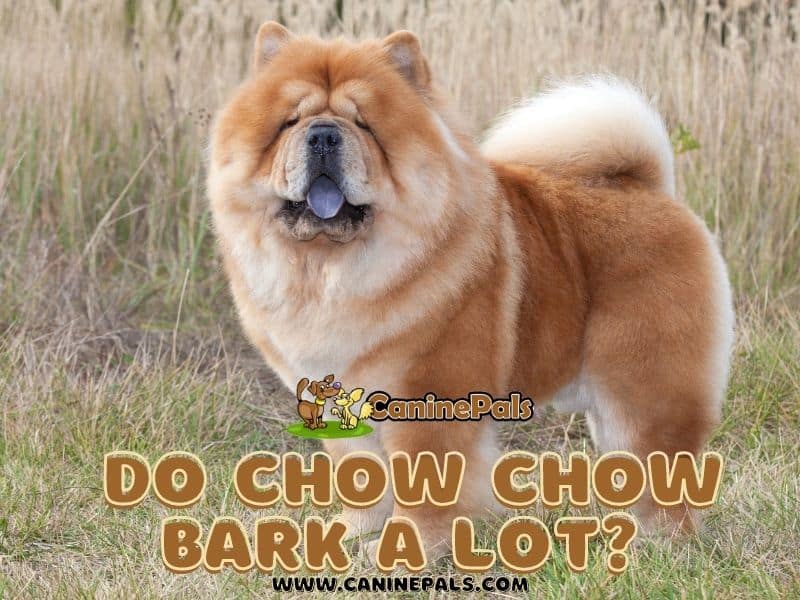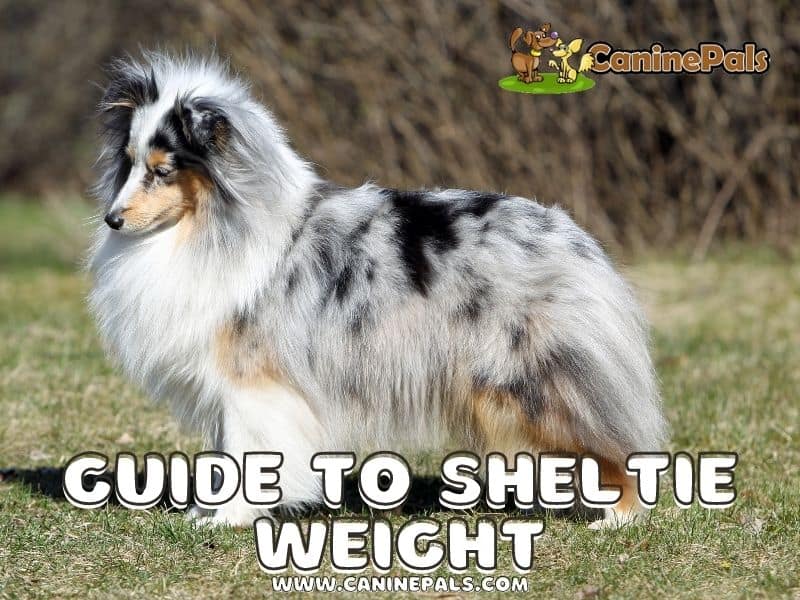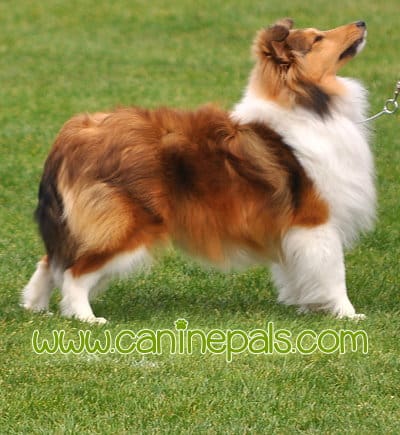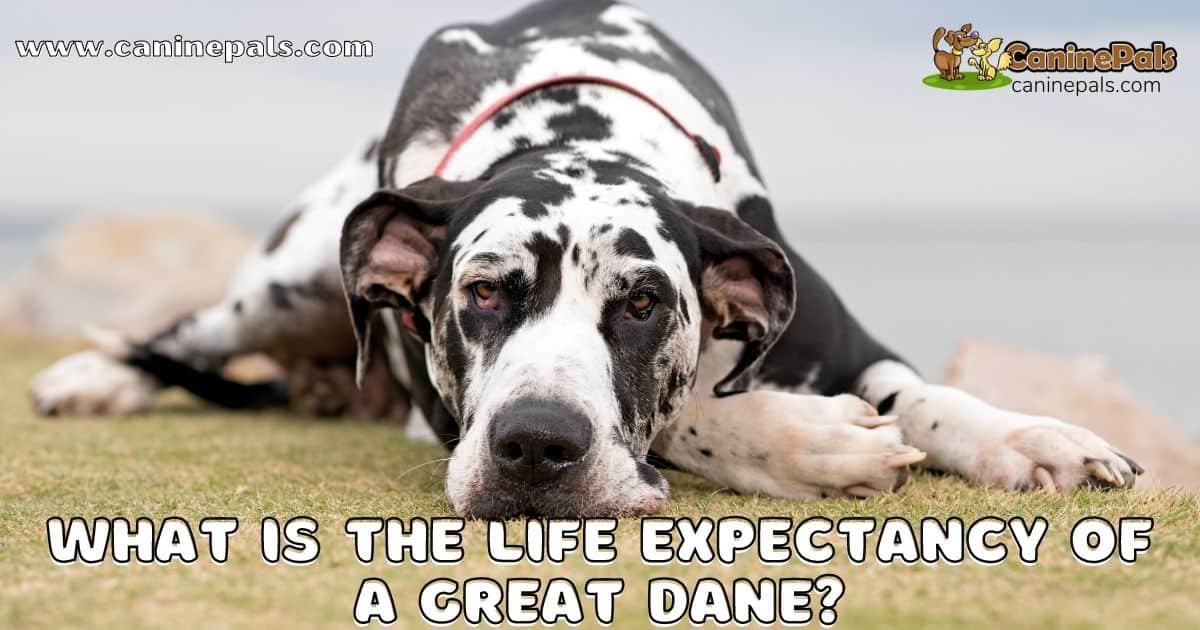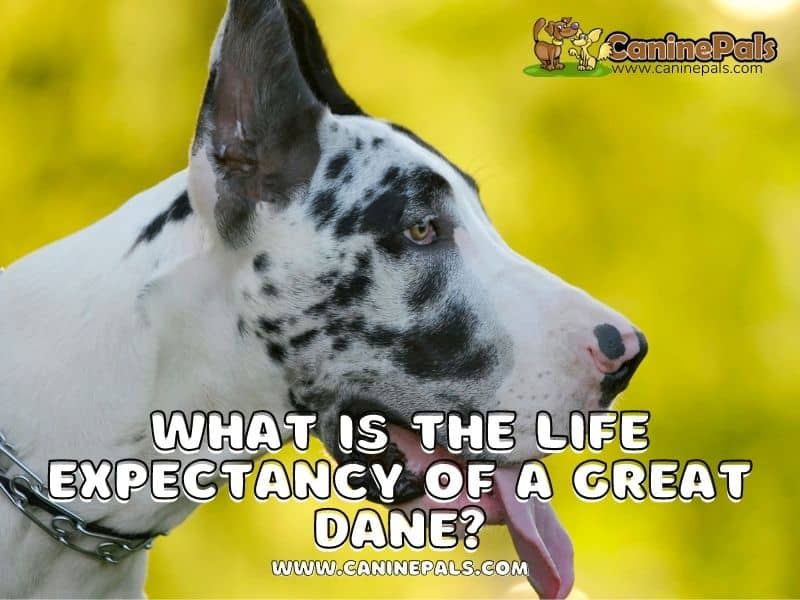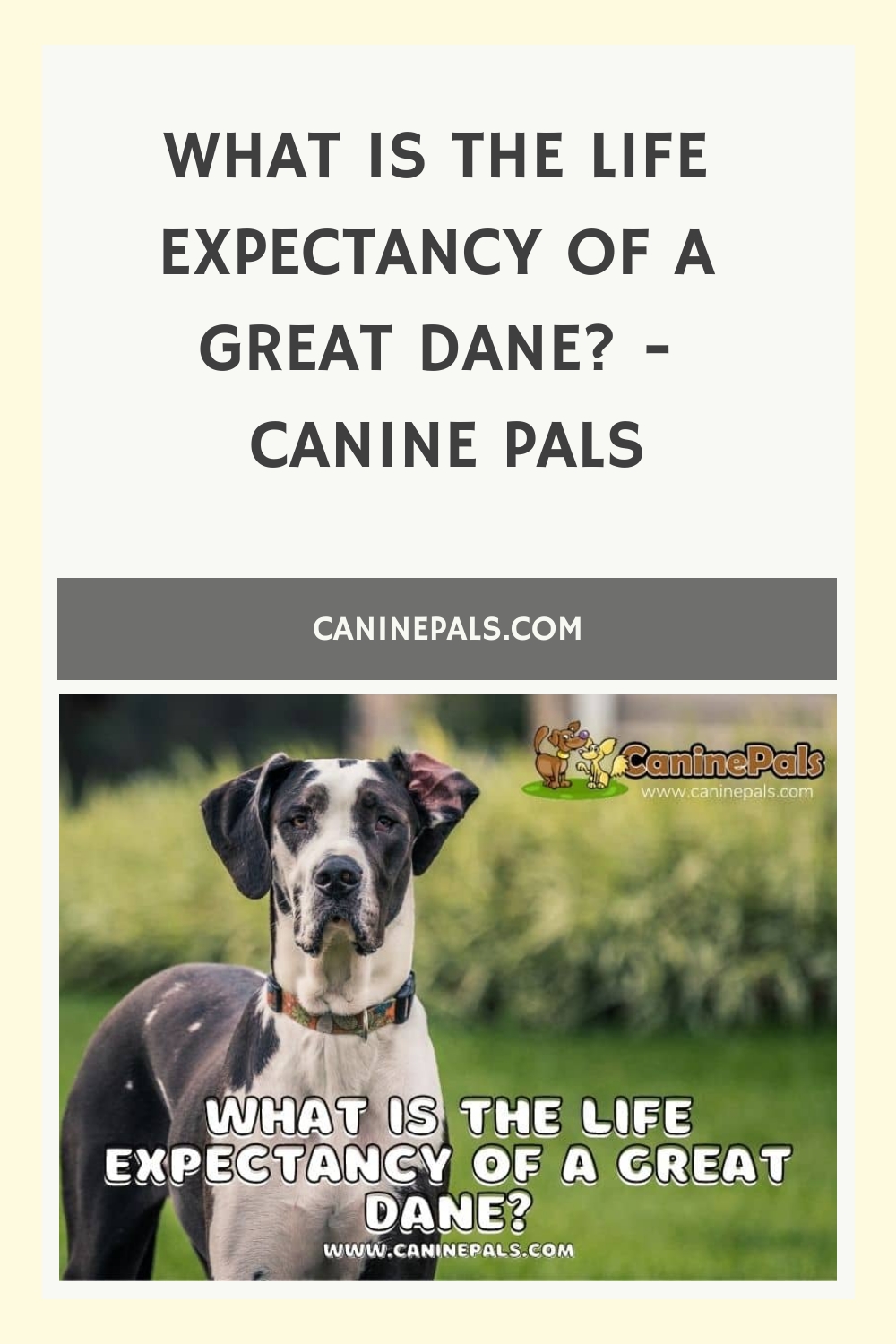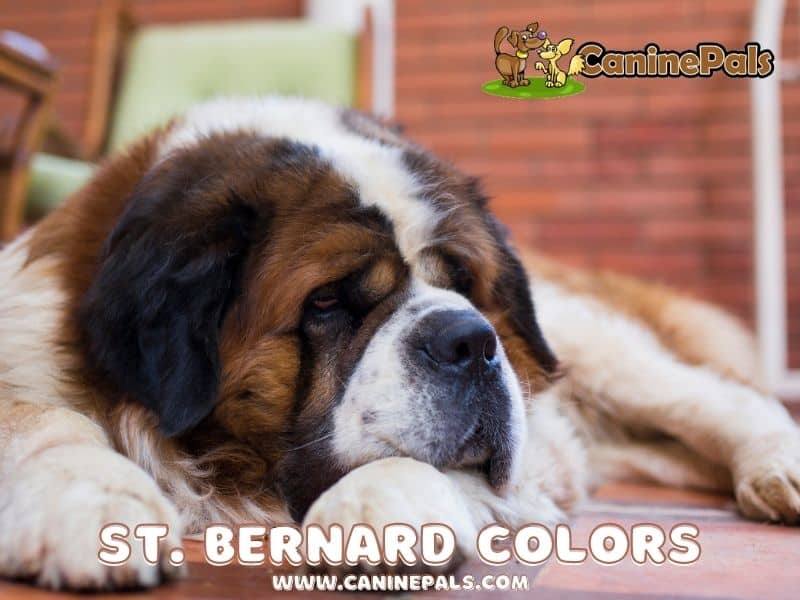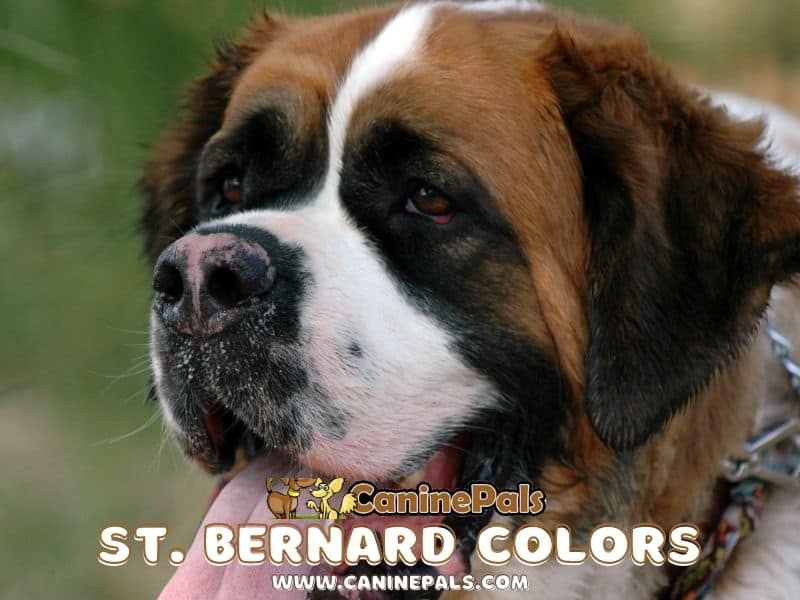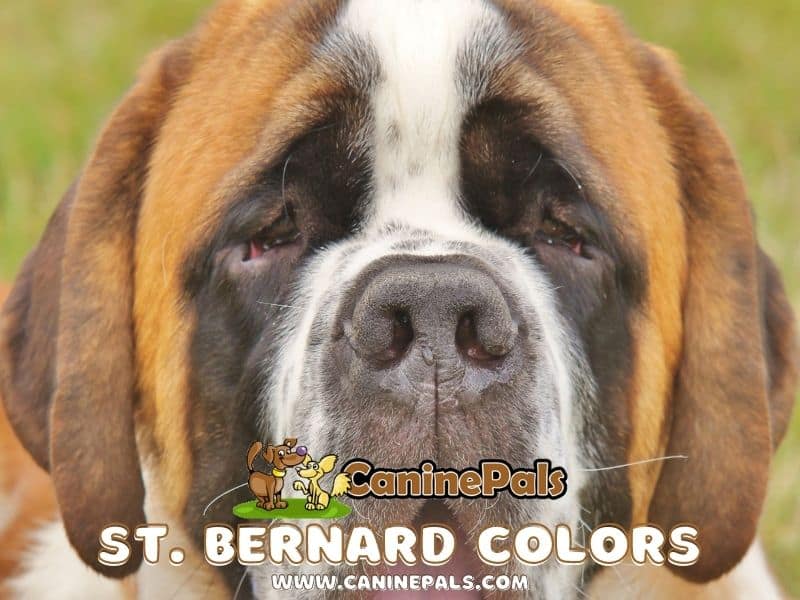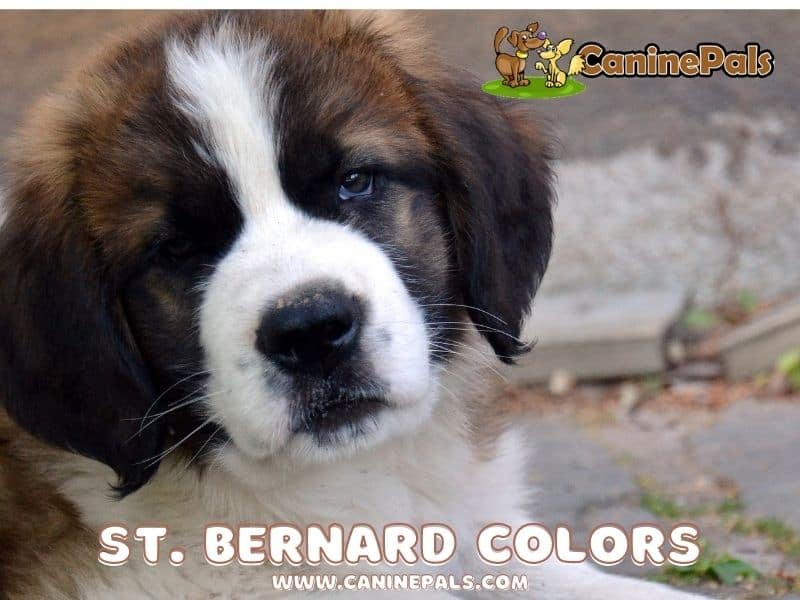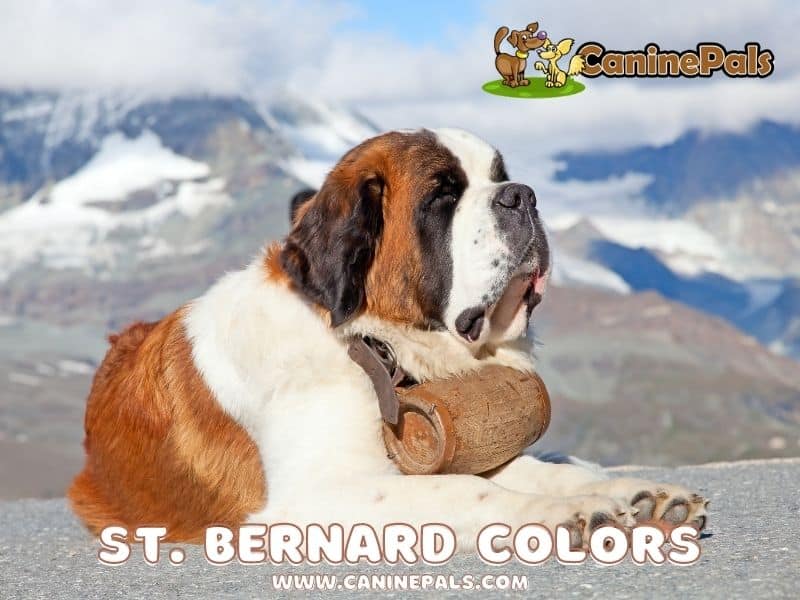These beautiful dogs come in an array of attractive colors that make a dramatic difference in the dog’s appearance. The Italian Greyhound colors range from black to fawn, blue fawn, red fawn, chocolate, sable, tan, slate grey, grey, blue, red, and yellow. Their short, sleek, shiny coats are beautified with black or brown markings.
Italian Greyhound puppies are magicians of the universe. By their presence alone, they can transform grumpy people into grinning people. They have mastered the skill of instantly cheering up your mood and pulling out all the bleaks and blahs! The small, long-haired, lightweight, and slender dogs are the most intelligent of all dog breeds. They’re also known for being loving companions that are highly active and very curious.
The Italian Greyhound was bred initially as a fast hunting dog, chasing hares and rabbits in the open fields of Italy, where it originated. The Italian Greyhound appeared in decorative arts of various countries as far back as 2000 years. Italian nobles adopted him during the Renaissance period, hence the name.
He arrived in England in the 17th century and became immensely popular there. It’s not known whether he was supposed to be a hunter or a companion initially. The truth is perhaps both as he lives well in the city or the country and also suits apartment living. Today, these elegant dogs are valued as pets for those who prefer a more delicate type of canine.
The Italian Greyhound is a small, graceful, delicate dog, usually about 7 to 14 pounds. The breed has a long, slim body with a neck that tapers down to the head, delicate bones, and a short muzzle. They have short legs, and their back is longer than their front.
Their ears are usually cropped short or left natural; if cropped, they stand erect on top of their head, while if left natural, they fold along their head. The tail is either docked or full length and tapers to a point. They have dark almond-shaped eyes that are almost always black; are relatively large for their small heads.
These beauties never fail to steal the show with their alluring appearance.
Oh, I cannot stop admiring their unique combination of colors, pronounced features, and traits. Therefore, I wrote this article on Italian Greyhounds.
Keep reading to know everything – from Italian Greyhound coat colors to their personality and health issues about these beautiful creatures.
Keep Scrolling!
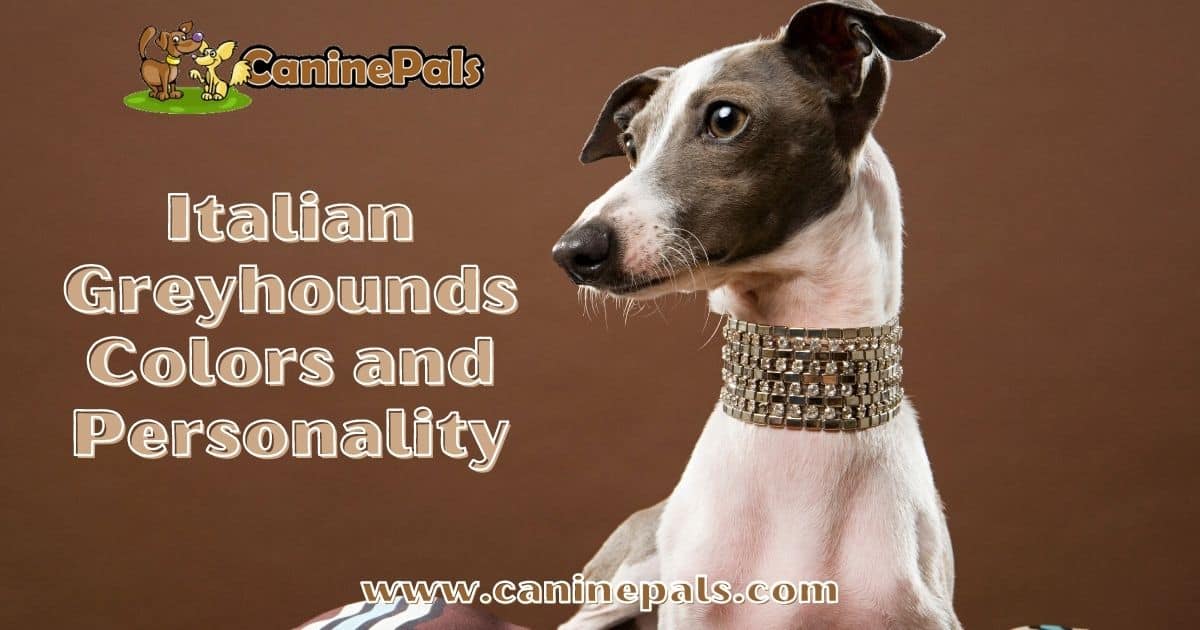
What Colors do Italian Greyhounds Come in?
Italian greyhounds can be seen in almost any color you can think of, from black to blue, cream, fawn, red, white, seal, sable, and chocolate brown.
The American Kennel Club standard Italian Greyhound coat colors are described below:
- Seal – It’s a shade almost dark as black. The dog has a stripe on its back, while his tail and leg are darker than the body.
- Blue – this color gives a reflection of being metallic gray.
- Sable – This red coat is tipped with black and gives an exciting shade.
- Black – Black is the rarest color found in Italian greyhounds. Dogs of this color are beautiful.
- Fawn – This is a cream to light brown color; usually, the back is darker than in this case.
- Blue Fawn – Similar to fawn, these dogs have a blue tint along with fawn.
- Red Fawn – Similar to fawn, these dogs have a red tint along with fawn shade, dark on the back.
- Red – It’s a deep, rich, and red tone of brown shade.
- Cream – This color is paler and lighter than the fawn color.
Common Patterns
The typical patterns of American Kennel Club Italian greyhounds are:
- Solid – this pattern describes dogs with one single solid color,
- Irish – This pattern is white with a collar that does not extend that far down the legs or onto the head.
- Wild Irish – The wild irish pattern has white parts that extend further up the dog’s neck and body.
- Pied – This pattern is typical among Italian Greyhounds. Color splashes appear on a white background; these flashes can cover any part of the body.
- Red with a black mask – This is more or less a red fawn with an obvious black mask.
- Split face – This variation on the pied pattern is a little unusual. Most dogs with pied patterns have a solid colored head or white head patches on their face, not a split face.

Italian Greyhound Personality Traits
Italian Greyhounds are, without a doubt, the most phenomenal dog breed. These love-struck dogs are as friendly, loving, and innocent as a newly born baby. However, Italian Greyhounds can be aggressive when not given proper attention like other dog breeds.
Here’s everything you need to know about Italian Greyhounds personality;
1. Hail-fellow-well-met Dog
Nicknamed the friendly little clowns, Italian Greyhounds are friendly, mellow, and gentle dogs that enjoy the company of other pets and kids. They have a comical and friendly nature that will make any owner happy. Their happy-go-lucky and upbeat personality make them excellent companions.
2. Love Buds
Italian Greyhounds will take all your attention, and so will other dogs. They value their owners and friends above all and show their level of affection through their body gestures. From head to tails, they convey how they feel for you.
This breed is the ultimate lap dog who will play with you, whirl around you like a lovesick puppy. They tend to bond deeply with their owners and make great family pets.
If you’re looking for a dog who tags around you everywhere you go, Italian Greyhounds are the perfect go.
3. They are Reserve
They’re loyal and affectionate but are reserved with strangers.
Strange dogs can be very frightening for Italian Greyhounds, but they make friends with them over time. It would help to introduce your Italian Greyhound to new people to feel comfortable in social situations.
No doubt Italian Greyhounds are very gentle and affectionate dogs. They love their families and children, but they shouldn’t be trusted with non-dog-friendly cats in the house. They will want to chase them relentlessly.
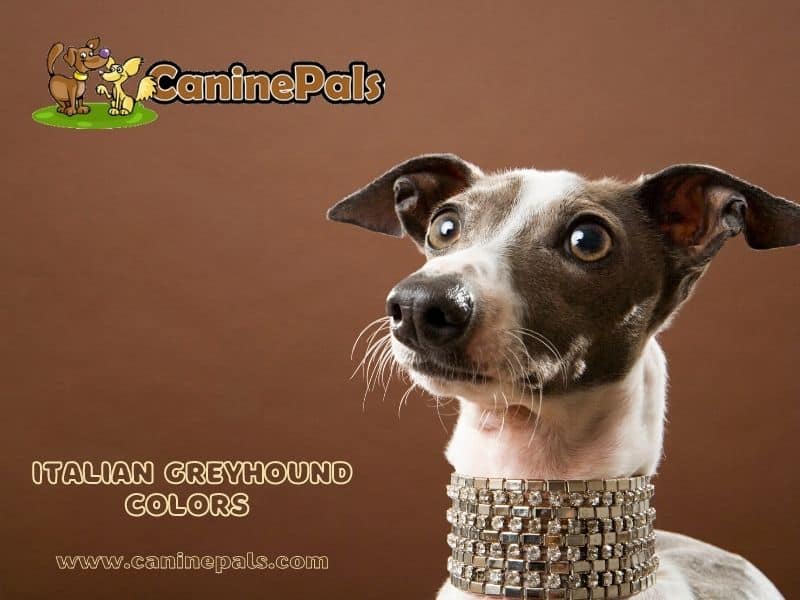
4. They are Loyal
Italian Greyhounds are loyal, like other dog breeds. They can teach you the true meaning of love and loyalty.
They form an unbreakable bond with their owners, children, and other pets and feel happy around them.
5. The Mischief In Them
Assign them some responsibility before they trick you into something!
Italian Greyhounds are smarter and intelligent than other dog breeds. Their magnetic demeanor and almost-shaped eyes are not as angelic as they seem. The shrewdness in them can trick you or manipulate you on things that you wouldn’t ever think of.
P.S. It is necessary to train them to avoid mischief properly.
6. As Agile As A Monkey!
Italian Greyhounds are a breed of dog known for their agility and speed. They were originally bred to hunt rabbits, but now they’re more commonly used as pets. Their agile nature makes them great at running after small animals or playing fetch.
If you have an Italian Greyhound, you’ll need to take extra care when they’re outdoors because the mischief in them doesn’t let them sit idle.
They can run everywhere to catch the squirrel!
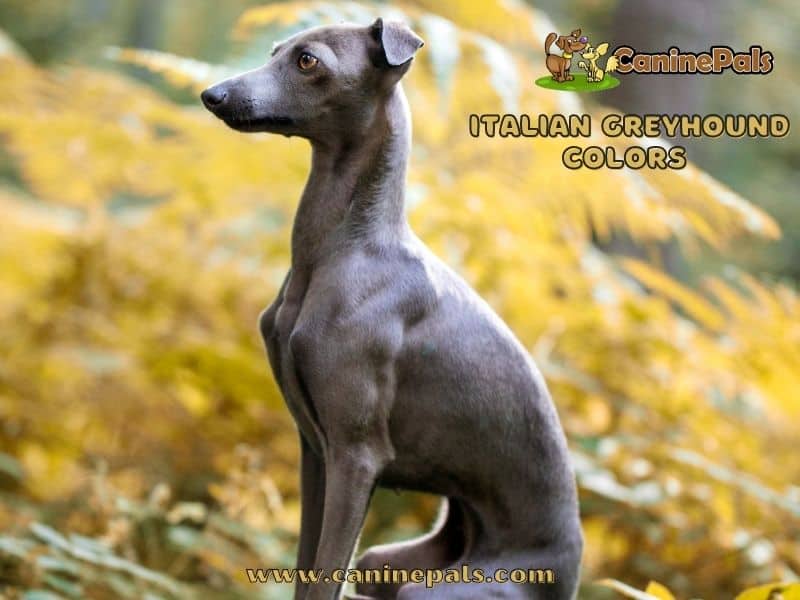
7. Couch Potatoes
You’ll mostly find your Italian Greyhound sitting and chilling on the couch, enjoying the ordinary stuff, or sitting in the backyard soaking up the sun. But this doesn’t mean they don’t need exercise.
To maintain a healthy lifestyle, they play outside with their friends, love running, walking, and playing fetch with their favorite toys. This also makes them good apartment dogs.
P.S. They also don’t need much space, and they’re agile enough to handle stairs.
8. No More Housebreaking
This breed is home-friendly and doesn’t like to roam outside for no reason, making it a perfect watchdog. Moreover, they are surprisingly loud, alerting the homeowners whenever a stranger enters the home boundaries.
Despite their small size, these dogs can stand up against danger that comes in their way, which keeps the Bulgars far away.
Whether you’re at home or office, these dogs will protect your house.
9. What Is Shedding?
They’re little to no coat shedding makes them the ideal dogs for the home. They are cute little toy breeds that don’t require much maintenance and grooming. Their small grooming sessions include trimming nails, cleaning ears, and bathing them.
Be careful while grooming them; they are the most delicate breed and can break their legs or hurt their ears. They are also hypersensitive!
10. Training is Mandatory!
Housetraining is always challenging!
Though training the Italian greyhounds is easy plus difficult depending on the time and frequency of training sessions. It is a lifetime commitment that includes training your puppy according to changing circumstances, surroundings, weather, and working with the right attitude.
Training must also include introducing your puppy to your friends.
P.S. Without training, they can be shy and unresponsive.
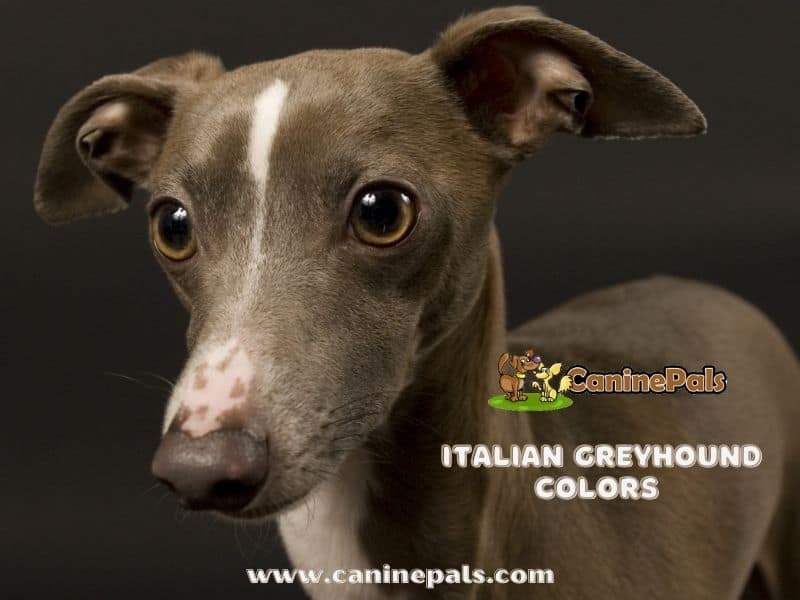
Italian Greyhound Health Issues
The Italian Greyhounds are the healthiest dogs, with a lifespan of 12 to 15 years. They are popular pets due to their low-shedding coat, which makes them suitable for people with allergies.
The breed is the smallest dog from Italy, the most delicate due to which they are at risk for some health problems.
Below are the common health issues prone to IG; consider them before entering into a long-term relationship with your buddy.
1. Leg Fractures
This breed has a different body structure, very long and skinny with delicate bones. The long and thin bones are likely to break and get fractured when not taken care of.
This doesn’t mean he will break his leg every time he plays. However, caution is requested. To reduce the chances of leg fracture, it is recommended;
- Reposition the set of furniture if your IG is jumping between the pieces.
- If the floor is slippery, cover it with a rug
- Make sure he spends more time playing as it strengthens the muscles and makes him stand on his feet.
After the best prevention methods, fractures still happen. But an experienced surgeon can fix the broken legs and even tails.
2. Seizures and Epilepsy
Seizures are commonly found in this breed. However, it isn’t easy to address the cause. But don’t worry, because we have prepared a list of causes that usually leads to Seizure.
- Allergies
- Cancer
- Low blood sugar
- Stress
- Epilepsy
If your dog undergoes a seizure and lasts for a few moments, it is okay to monitor him. However, if seizures repeatedly occur, consult a vet before it’s too late.
3. Dental Diseases
Most owners do not know that this dog breed is usually prone to dental diseases due to their small mouths and teeth. This condition can be highly inconvenient, hampering their eating and even well-being.
Here are some tips for maintaining the dental wellbeing of your dog:
- Feed them properly – Your IG may not be able to eat as much as other breeds due to their small stomachs, but it does not mean that you should feed them less. Please provide them with healthy food that your dog would enjoy.
- Brushing their teeth – Aside from feeding, make sure to brush their teeth daily or at least 1-2 times a week. Although IG’s have small mouths, regularly brushing them can keep the plaque build-up off their teeth. This will prevent the formation of tartar and cavities, which are both terrible for your dog’s teeth.
- Keep them healthy – Dogs are just like humans. Treating their illnesses can prevent further damage to the body. Make sure to give your dog proper vaccinations regularly. Being healthy also means having a good diet and exercising routine.
4. Obesity
Italian Greyhounds are prone to obesity issues. When an Italian Greyhound is being fed, it would be extremely wise to monitor their food intake because they are very susceptible to gaining weight. Obesity in dogs has been linked to several health problems, such as cancer, arthritis, respiratory problems, and several other diseases that can shorten a dog’s lifespan.
Make sure that your Iggie:
- Follows a balanced diet
- Avoids junk
- Doesn’t take too many treats
- Exercises regularly
The other health issues with Italian Greyhound are hip dysplasia, allergies, cataracts, etc. Make sure to contact your vet if you see any unusual behavior in your dogs.
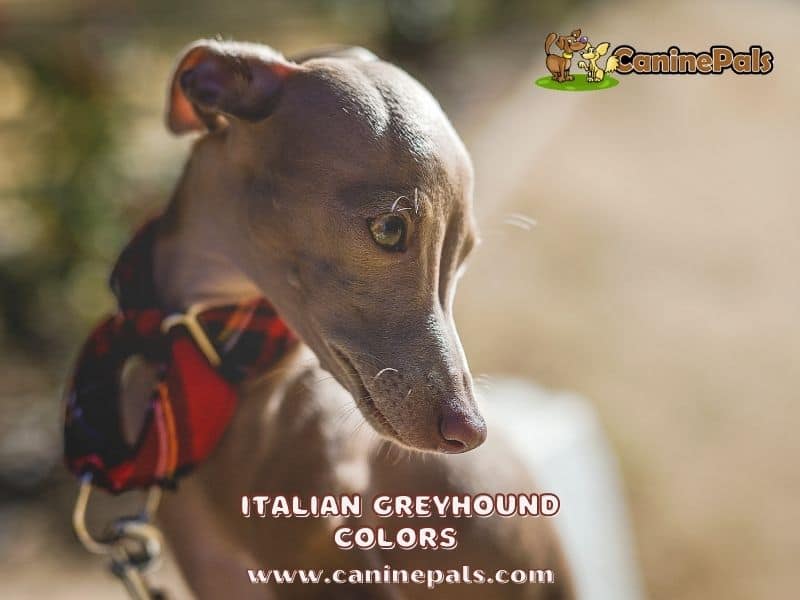
Final Words:
Italian Greyhounds are everyone’s favorite! Their physical appearance and personality traits make them very desirable. If you’re interested in adopting one of these furry friends as your pet, note that it is not only the physical appearance of the Italian Greyhound that matters but also their personality traits and health issues.
His coat can be any colour except for tan and black or brindle. He’s easily trainable and loves spending time with his master. He’s affectionate and loves attention and daily walks. He’s a gentle pet for children. His smooth, short coat makes it simple to care for. He’s 13 – 15 inches in height.
Overall, Italian greyhounds are worth everything!
Happy petting!
Copyright CaninePals. All Rights Reserved.
References and Further Reading:
American Kennel Club Italian Greyhound Information


